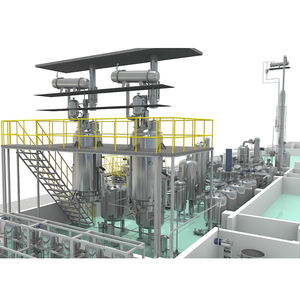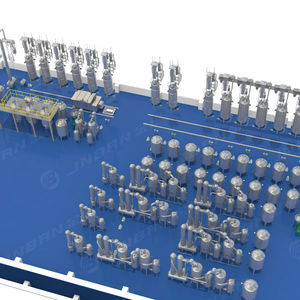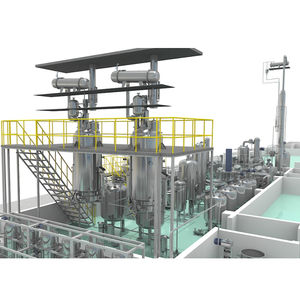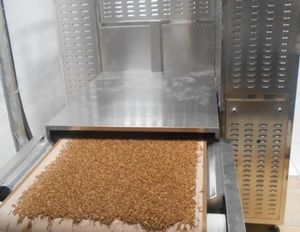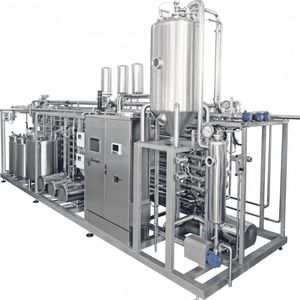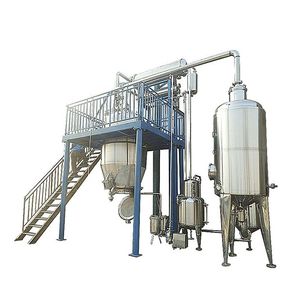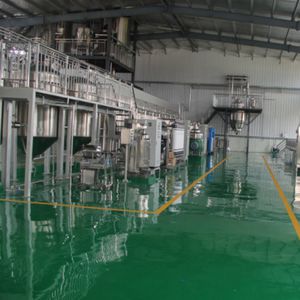
- Production Machines
- Other Manufacturing Equipment
- Food production line
- Wenzhou Jinbang Light Ind Machinery Co., Ltd
- Company
- Products
- Catalogs
- News & Trends
- Exhibitions
Stevia extract production line for the food industry






Add to favorites
Compare this product
Characteristics
- Finished product
- stevia extract
- Sector
- for the food industry
Description
Harvesting:The first step is to harvest the leaves of the Stevia rebaudiana plant. The leaves contain the steviol glycosides, which are responsible for the sweet taste.
Drying:After harvesting, the leaves are dried to reduce their moisture content.
Crushing or grinding: The dried leaves are crushed or ground into smaller particles, increasing the surface area for the extraction process.
Extraction:There are several methods for extracting steviol glycosides from the crushed leaves. Some common methods include:
Water extraction: The crushed leaves are mixed with hot water, and the steviol glycosides are leached into the water. This creates a stevia leaf extract.
Ethanol extraction: The crushed leaves are mixed with food-grade ethanol (alcohol) to extract the steviol glycosides.
Filtration:After the extraction process, the liquid extract undergoes filtration to remove any remaining plant material and impurities, leaving a more concentrated solution of steviol glycosides.
Purification:The concentrated extract may still contain other compounds alongside the steviol glycosides, so further purification is necessary.
Concentration: The purified steviol glycosides are then concentrated to increase their sweetness. This step reduces the volume of the final product, making it more efficient for storage and transportation.
Drying and crystallization: The concentrated extract is dried, and the steviol glycosides are crystallized to obtain a pure form of stevia sweetener.
Catalogs
No catalogs are available for this product.
See all of Wenzhou Jinbang Light Ind Machinery Co., Ltd‘s catalogsOther Wenzhou Jinbang Light Ind Machinery Co., Ltd products
SOLUTION
Related Searches
- Production machine
- Automatic making machine
- Laboratory-scale reactor
- Food production line
- Process reactor
- Pressure reactor
- Processing plant
- Steel reactor
- Chemical reactor
- Stainless steel reactor
- Production machine for the food industry
- Stirred-tank reactor
- Reactor for the pharmaceutical industry
- Processing line for the food industry
- High-temperature reactor
- Multiple reactor
- Low-temperature reactor
- Reactor with mixer
- Continuous reactor
- Custom reactor
*Prices are pre-tax. They exclude delivery charges and customs duties and do not include additional charges for installation or activation options. Prices are indicative only and may vary by country, with changes to the cost of raw materials and exchange rates.


